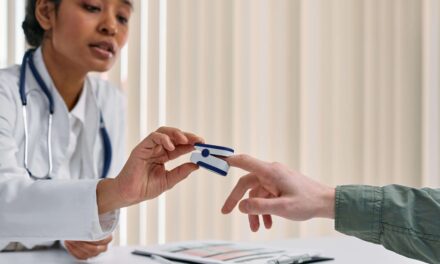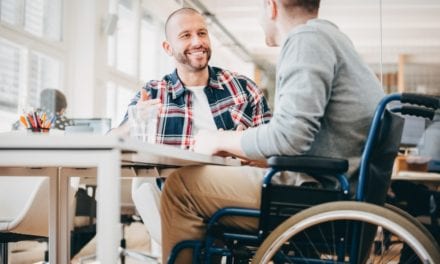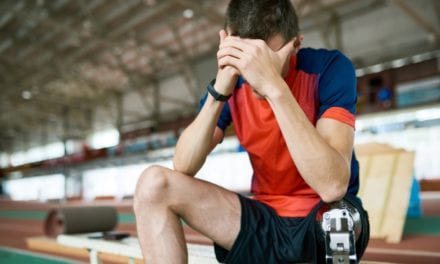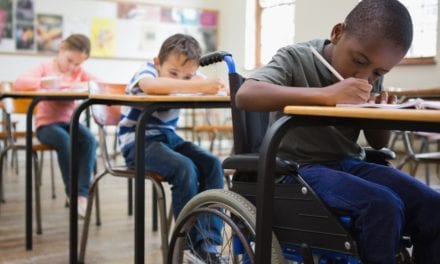
Social Security Disability Insurance Benefits for Diabetics
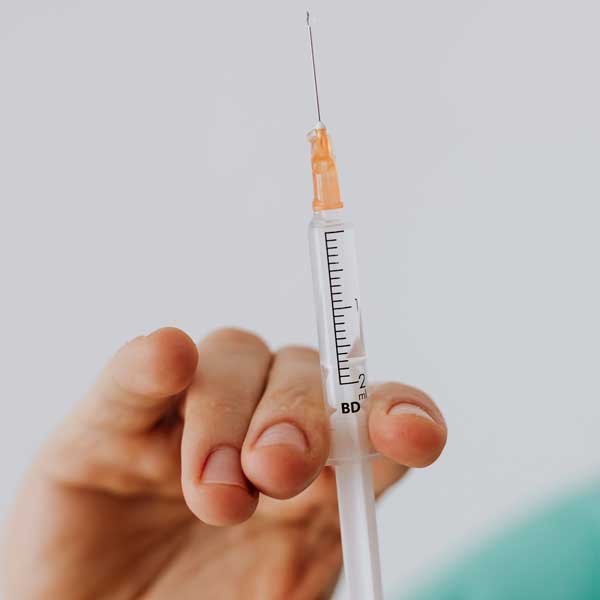
All hope is not lost for those who are disabled as a result of diabetes. There are still listings in existence that are reflective of diabetes, and it’s symptoms. Listing 11.14 is perhaps the most obvious. Listing 11.14 focuses on the effects of peripheral neuropathy. Those with severe diabetes commonly experience peripheral neuropathy and understand the severe limitations experienced as a result. Peripheral neuropathy often manifests itself in the form of burning pain, needles, difficulty walking or handling, and constraints in activities of daily living.
Listing 11.14 is separated into two sections, A and B. the A sections says:
“11.14 Peripheral neuropathy, characterized by A or B.
A. Disorganization of motor function in two extremities (see 11.00D1), resulting in an extreme limitation (see 11.00D2) in the ability to stand up from a seated position, balance while standing or walking, or use the upper extremities.”
The start of the listing 11.14 analysis requires a diagnosis of neuropathy. If a diagnosis of neuropathy is not contained in the claimant’s medical records, the analysis under listing 11.14 will essentially stop before it starts. The listing then goes on to talk about the disorganization of motor function in two extremities. Two extremities can be two legs (including feet), two arms (including hands and shoulders), or one arm and one leg. Disorganization of motor function is the difficulties that arise out of neuropathy. Difficulty grasping and walking are typical characterizations of the disorganization of motor function.
The listing then goes on to talk about the required severity of that disorganization. An “extreme limitation” requires the need for the help of an assistive device (two canes or a walker) to walk or rise from a seated position if you need help from another to do either of these two activities, you will also be found to have an “extreme limitation.”
An extreme limitation in the use of the upper extremities requires the inability to perform fine and gross movements. A few examples of the “Inability to perform fine and gross motor movements” are:
1) A claimant not being able to pinch, manipulate, and use your fingers.
2) A claimant not being able to use your hands, arms, and shoulders to perform gross motor movements such as handling, gripping, grasping, holding, turning, and reaching.
3) A claimant not being able to engage in exertional movements such a lifting, carrying, pushing, and pulling.
If a claimant satisfies the elements of 11.14(A), he or she will be found to have met the medical requirements for Social Security Disability or SSI. If the claimant doesn’t meet 11.14(A), then he or she will be considered under 11.14(B). 11.14(B) is for those who still have significant difficulties in their life as a result of peripheral neuropathy, but not necessarily the specific type of challenges found in 11.14(A). 11.14(B) requires:
“B. Marked limitation (see 11.00G2) in physical functioning (see 11.00G3a), and in one of the following:
Understanding, remembering, or applying information (see 11.00G3b(i)); or
Interacting with others (see 11.00G3b(ii)); or
Concentrating, persisting, or maintaining pace (see 11.00G3b(iii)); or
Adapting or managing oneself (see 11.00G3b(iv)).”
Obviously, the pain from peripheral neuropathy will create limitations in the above areas as it limits mental capacity and the ability to interact with others appropriately. The term “marked limitation” means a significant restriction that causes severe limitations in the field where the limitation exists.
Even if you don’t meet listing 11.14, you still may be found disabled under the vocational guidelines known as “the grids.” The grids take into account a claimant’s age, education, past work, and limitations. It forces Social Security to ask if you can do your past work, and if you can’t, is there other work you can do in the national economy at your age with your education and skills.
Social Security Disability cases arising out of diabetes are complicated and require in-depth legal and medical knowledge. It is always important to have the representation of a lawyer if you want to put yourself in the best position to be found disabled.


